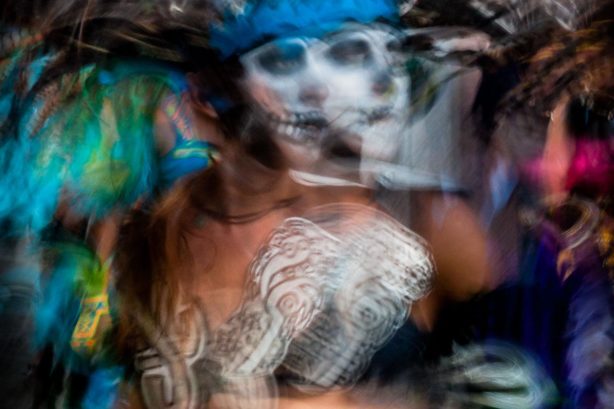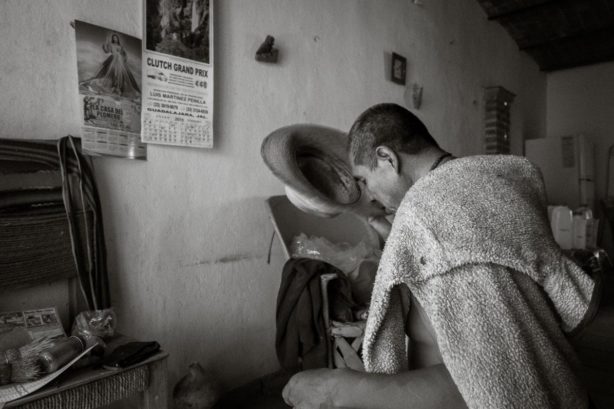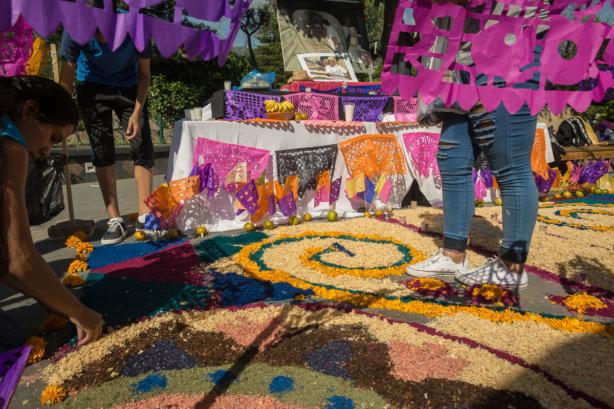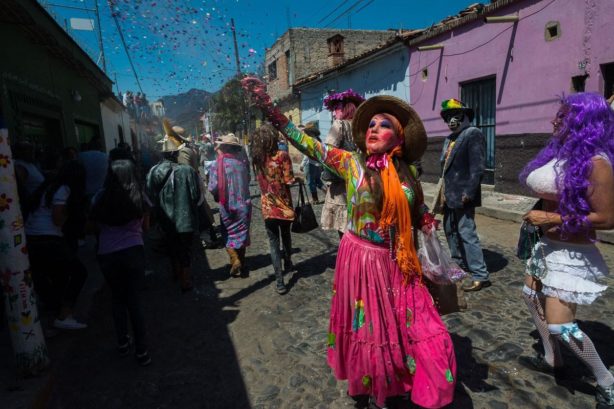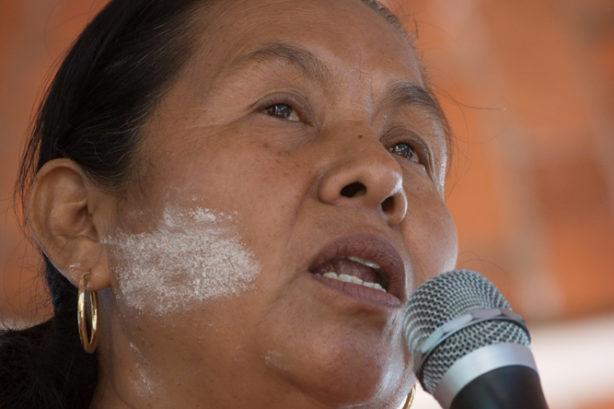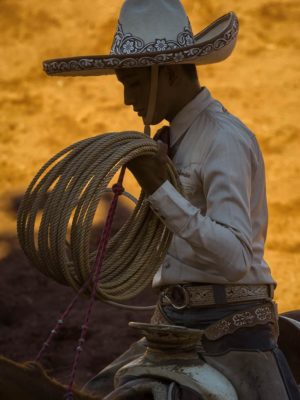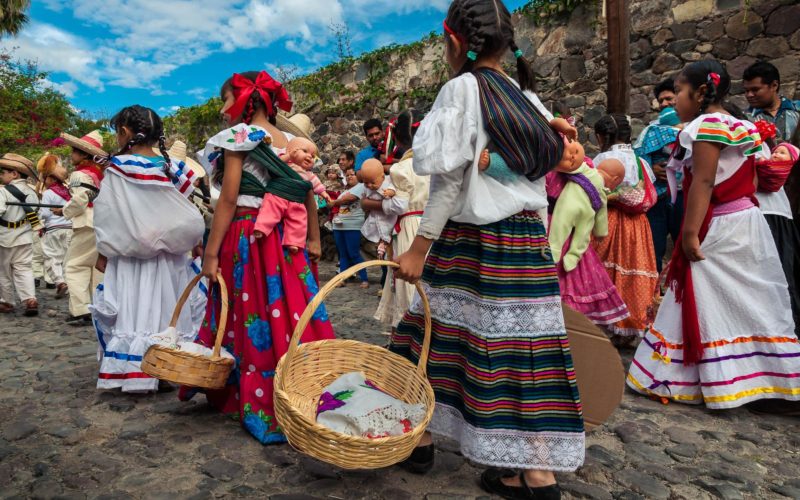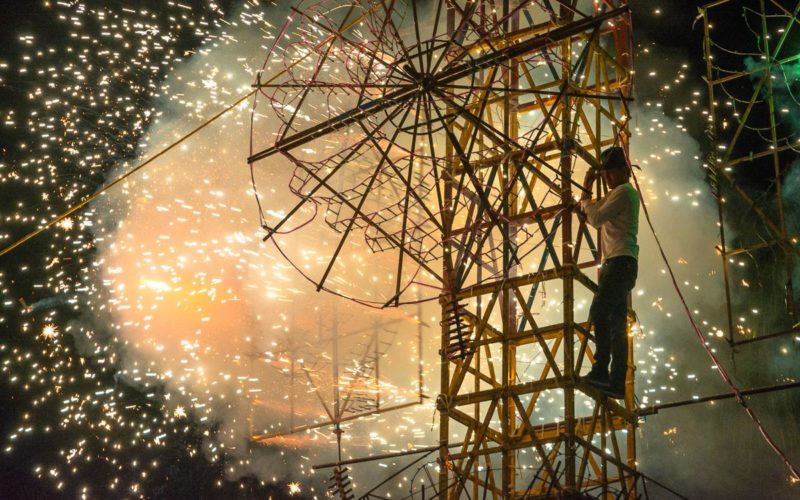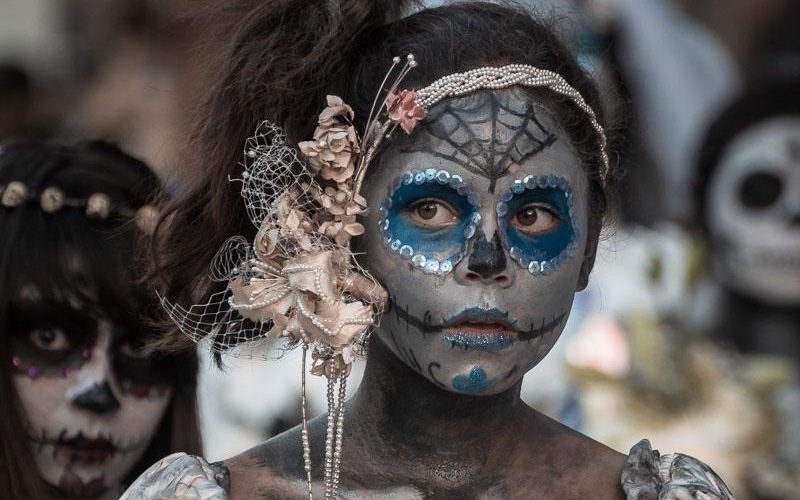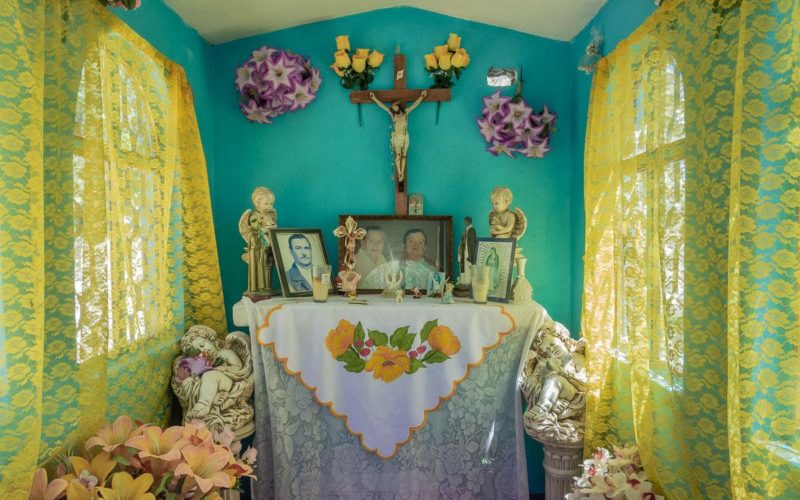Mexico Photo Stories

We meet in the street. He's shaking uncontrollably and, since I've only been in Mexico for three months, I can't understand anything he's saying. It's clear that Ismael Sanchez has a form of motor neuron disease, and that's why he's having trouble controlling his...

In Central Mexico, a common way to decorate altars, graves and public spaces on the Day of the Dead is by making traditional sawdust carpets, called tapetes, which means carpet or rug.

The Carnaval celebrations in Ajijic, Mexico, last for six days and feature some of the town's most colorful characters, the masked zayacas.
Nearby Chapala celebrates Carnaval for nearly two...

Maria de Jesús Patricio Martínez is the first indigenous woman to attempt to run for Mexico's highest office. Marichuy (Chuy is the nickname for Jesús) was nominated in May by the National Indigenous Congress (CNI) to represent Mexico's...

Sombreros are an important part of a horseman’s dress, but for a photographer they often cast a shadow on your subject’s face.
See More of Mexico
About Dane Strom
Thirteen years ago, I first visited a small town in the central mountains of Mexico called Ajijic.
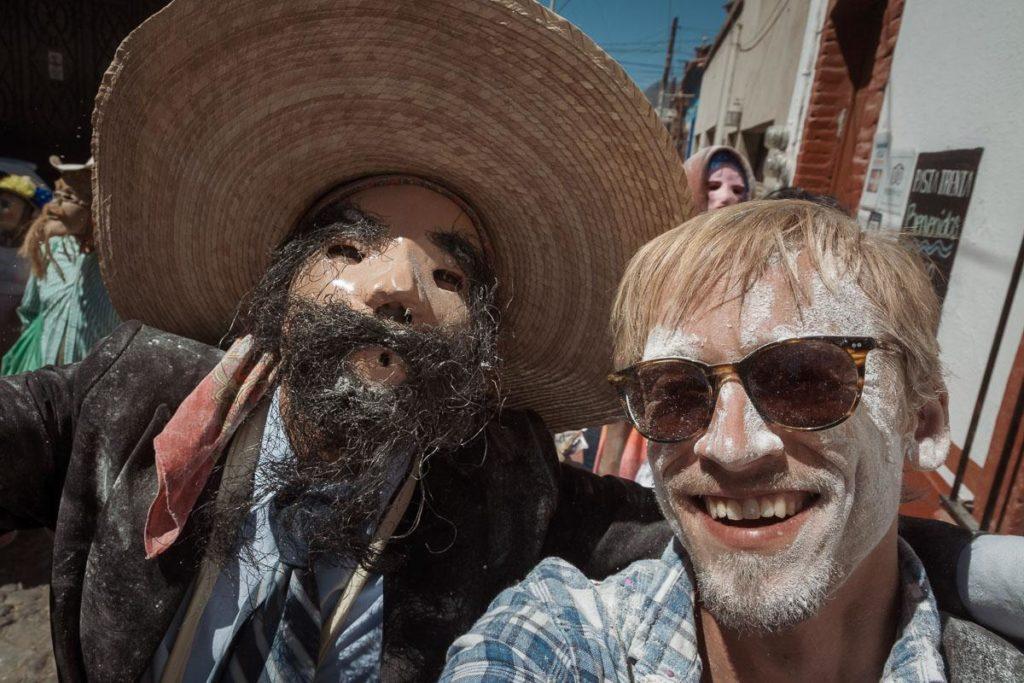
More Photo Series of Mexico
I’ve spent the last ten years living in and photographing the Mexican town of Ajijic, Jalisco, a place with its own rich traditions and ways of celebrating fiestas and holidays.
These handcrafted, reuseable wooden towers with moving and rotating parts are laden with fireworks and then ignited during celebrations in Ajijic and other places in Mexico.
The catrina is a significant image in Mexican culture and on the Day of the Dead many people dress up and paint their faces.
Some families build mausoleums on their cemetery plots to remember their loved ones and create a space for them in the afterlife which sometimes is as comfortable as a real home.

